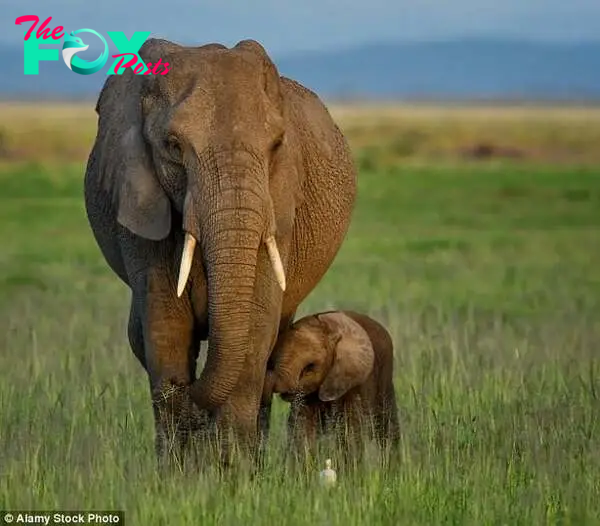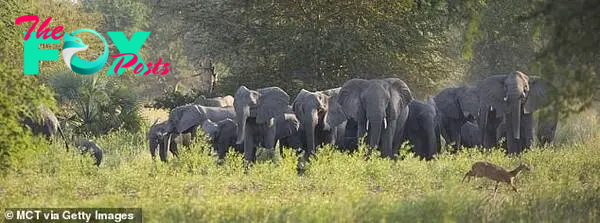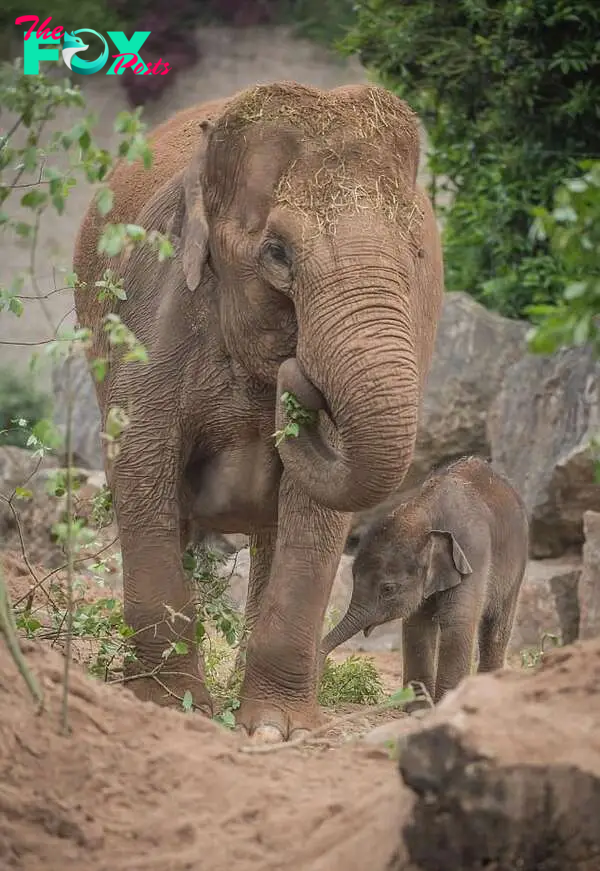In the face of escalating poaching threats, elephants are demonstrating remarkable adaptive strategies to survive in their changing environment. One such adaptation gaining attention is the phenomenon of elephants evolving to lose their tusks as a response to the relentless pressure of illegal ivory trade.

For generations, elephants have relied on their tusks for various purposes, including foraging, defense, and social interactions. However, the surge in demand for ivory over the past century has turned these magnificent appendages into a liability rather than an asset for survival.

Driven by the insatiable demand for ivory products in markets around the world, poachers have decimated elephant populations, targeting individuals with the largest and most valuable tusks. As a result, elephants born without tusks or with significantly smaller tusks have a higher chance of survival, as they are less likely to be targeted by poachers.

In regions where poaching pressure is particularly intense, such as parts of Africa and Asia, researchers have observed a notable increase in the prevalence of tuskless elephants. This evolutionary response, known as “the tuskless gene,” is believed to be passed down through generations as elephants with this trait are more likely to survive and reproduce.
While the loss of tusks may confer a survival advantage in the short term, it also carries significant implications for elephant populations as a whole. Tusks play a crucial role in various aspects of elephant behavior and ecology, including feeding, communication, and social hierarchy.
Furthermore, the evolution of tuskless elephants underscores the complex interplay between human activities and natural ecosystems. As human-induced pressures continue to reshape the landscape, wildlife species must adapt to survive in their changing habitats.
Conservation efforts aimed at protecting elephants and curbing the illegal ivory trade are more critical than ever. By addressing the root causes of poaching and supporting initiatives that promote coexistence between humans and elephants, we can help ensure the long-term survival of these iconic Animals.
The story of elephants evolving to lose their tusks serves as a poignant reminder of the profound impact human actions can have on the natural world. It also highlights the resilience and adaptability of wildlife in the face of adversity, offering hope for the future of these magnificent creatures.











































